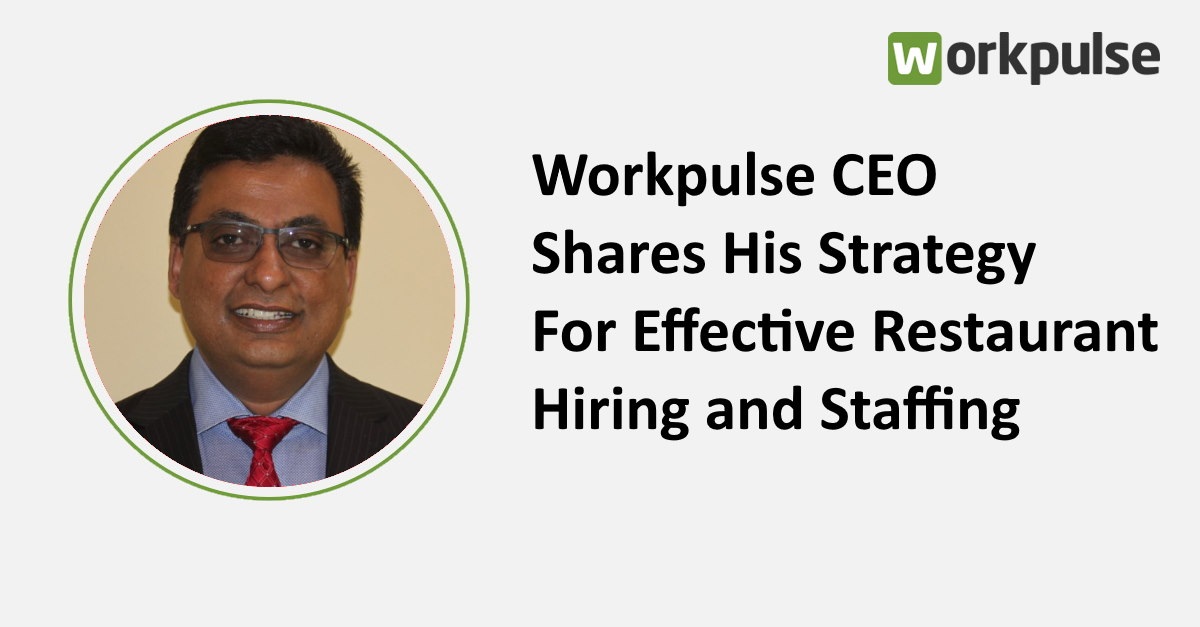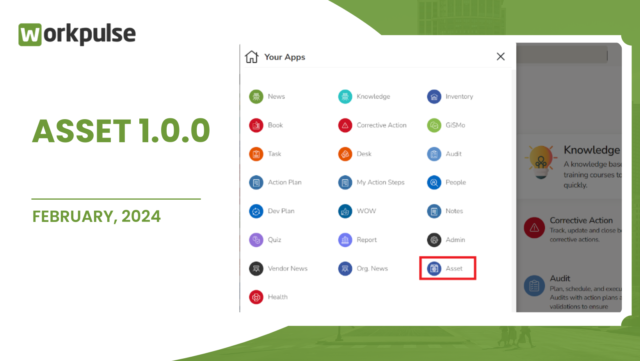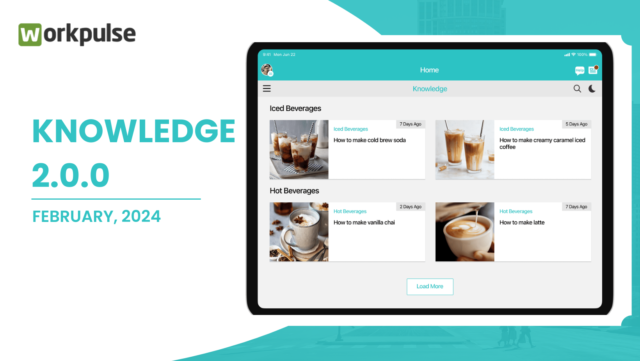Restaurant hiring and staffing seems to be the number one issue currently faced by thousands of operators across the US. Amidst post-pandemic operational challenges and adapting to the new normal, restaurants are struggling to fill in vacant positions. Overall, eating and drinking places remain 1.5 million jobs (12 percent) short. While unemployment trended higher across each of the major restaurant segments in recent months, total payroll counts are still below pre-COVID marks.
“Turnover is a high cost for restaurants. That is an expense that if you incur over and over again because the working environment is not conducive to the worker, it’s not good for your business bottom line. If workers had health care and higher wages, (restaurants) are actually growing careers instead of just having people come in for a job once in a while,” said state Rep. Francesca Hong, D-Madison, co-owner of Morris Ramen in the city’s downtown. The increased wages will have a direct impact on menu prices which would have to be increased to accommodate the rise in salary.
The need of the hour is to not only retain employees and keep them engaged, but also to improve the onboarding process for new hires. Jobs are being filled but the high turnover rate can be attributed to underperformance and lack of competencies. This can easily be resolved by providing training and competency development right from the moment an employee joins the restaurant. This has to be followed up with regular performance assessments, training, and coaching. Ensuring efficiency at work helps employees remain motivated to perform at their best.
Workpulse CEO’s hiring strategy
The current challenges in hiring and high turnover in the quick service restaurants is not unfamiliar to the Workpulse CEO, Mr Arun Mandi, who is also the Franchisee of 30 Dunkin restaurants. Based on his experience of operating quick service restaurants and facing the challenges first hand, Mr Arun has developed a hiring strategy that has helped his organization retain employees as well as ensure competency development for new hires.
“I believe that retaining people is more important than hiring at the moment. Even if we hire 10 people, the chances of them leaving are pretty high, considering the recent trends and turnover rates in the quick service restaurant industry. The key is to ensure proper onboarding, on-going training and development, and assessment to help your team perform better,” said Arun.
The key aspects of his hiring strategy include:
Onboarding and hiring
This is the most crucial and important step of the hiring strategy. The organization’s goals, expectations from the employee, work culture, career growth opportunities, and professional values have to be communicated clearly to the candidates. Only then would you be able to shortlist candidates that match your organization’s culture. It is crucial to ensure an organizational fit to reduce the risk of turnover within the first few months of joining.
Additionally, it is important to provide initial training during onboarding to allow the new hires to learn the processes and skills required to execute their tasks properly. This includes the 4 pillars of training – learn it, see it, do it, and check it. Even if you hire an experienced candidate, you have to groom them to work as per your organization’s SOPs and guidelines.
Training and development
Training and development is an ongoing activity and should be done in regular intervals to ensure that the employees have the right skills, competencies, and knowledge to execute their tasks. One of the reasons behind employee turnover is underperformance which eventually leads to demotivation. Managers can easily identify skill gaps and help employees develop the required skills for their roles.
Regular trainings also provide opportunities for employees to grow into larger roles. The probability of getting such opportunities could motivate them to be associated with the organization for a long time and pursue greater career goals. However, this needs to be planned carefully considering the personal and professional development of employees.
Knowledge checks
In the restaurant industry, most jobs are redundant in nature and employees have to do the same tasks every day. With such repetitive nature of their work, it becomes difficult to understand the competency level. There might be new policies or SOPs that are implemented in accordance with the changing demands and environment. It is important for employees to stay updated with the latest trends, policies, SOPs, and guidelines.
By conducting regular and quick knowledge checks in the form of quizzes, you can assess the competency of your employees to perform in the current scenario. If you identify any gaps on time and take the necessary steps to help employees, come at par with expectations, then you can avoid turnover to some extent.
Engagement & recognition
Now that your employees are trained and prepared to carry out their responsibilities efficiently, it’s time to put in place a recognition plan. Most employees leave organizations because they don’t feel appreciated for their contributions and achievements. By recognition the achievements of team members and rewarding them for their efforts, you can motivate your team to perform better and also remain with the organization longer. This will also create healthy competition in the team as they chase common goals to win a big prize.
You can consider implementing a point-based system where points can be awarded for the completion of milestones. These points can then be redeemed for rewards. For employees, there is no bigger motivation than being rewarded for their work.
Performance evaluation
Performance evaluations are usually conducted annually in most organizations during appraisal. Why wait for an entire year to find out that an employee has been struggling for the last 6 months with communications or making coffee as per the recipe. In most cases, the employee would have already left the organization before being given the opportunity to develop the required competencies.
Performance evaluations should be conducted regularly and the intention should be to understand the competency requirements of employees followed by suggestions and a development plan to help them perform better.
The 5-step strategy to create a people first culture
Workpulse has come up with a 5-Step Strategy to Create a People First Culture and Improve Employee Retention. The strategy is the result of various surveys conducted with our customers and inputs provided by our CEO, Mr Arun Mandi.
The strategy guide highlights the steps that an organization needs to take to improve their hiring process, help their team to perform better, and retain employees. Take the first step towards creating a people first culture and preserving the most valuable assets you have. Download the strategy guide today.




